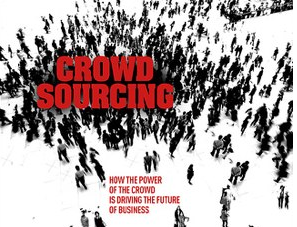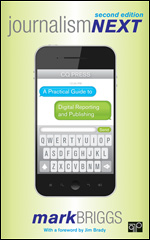When most people think about journalism, they think about the writing or the “glamorous” television life or the radio. Most people do not think about the grunt work in journalism. They certainly do not think of data, statistics and numbers in journalism.
The truth is that data and statistics are very important in the world of News and Journalism, especially the rating system. News ratings are everything in the world of news. It helps the news companies know their standing, both amongst their competitors and in the general public.
It’s crazy cause just on Thursday, I sat with the producers during the morning meetings at WSB-TV (I was shadowing a producer YAY!).
The first thing that was addressed in the meeting was the data collected for the month of February and the previous day on their newscasts. The data showed the percentage of viewership they had in the past month and their ratings compared with the ratings of CBS, 11Alive, and FOX (We kicked their butts, just in case you were wondering). It was eye opening to witness how important these ratings were in the newsroom. It was a way of evaluating the work that was being done to see if we needed improvements in some areas or not. They also had data collected from the same point in time the previous year and they compared that data to the new one. Just in the first 20 minutes of the meeting, adjustments were made in News styles and much more.
The producer even showed me how he changed the newscast and moved thing around during the Newscast. I asked him why things were being swapped and he told me that he personally does it to boost ratings. If he notices a salient story, he either moves it up or moves it further down and continues to ad teases in order to keep the audience watching to get to that salient story.
I personally was glad I got to witness this part of being a producer before I entered the workforce because it got to show me what I would be working towards as a producer myself. I got to see just how important numbers and ratings are and how to work them in my favor especially while the newscast is airing live.
So I say all this to say… NUMBERS ARE IMPORTANT









